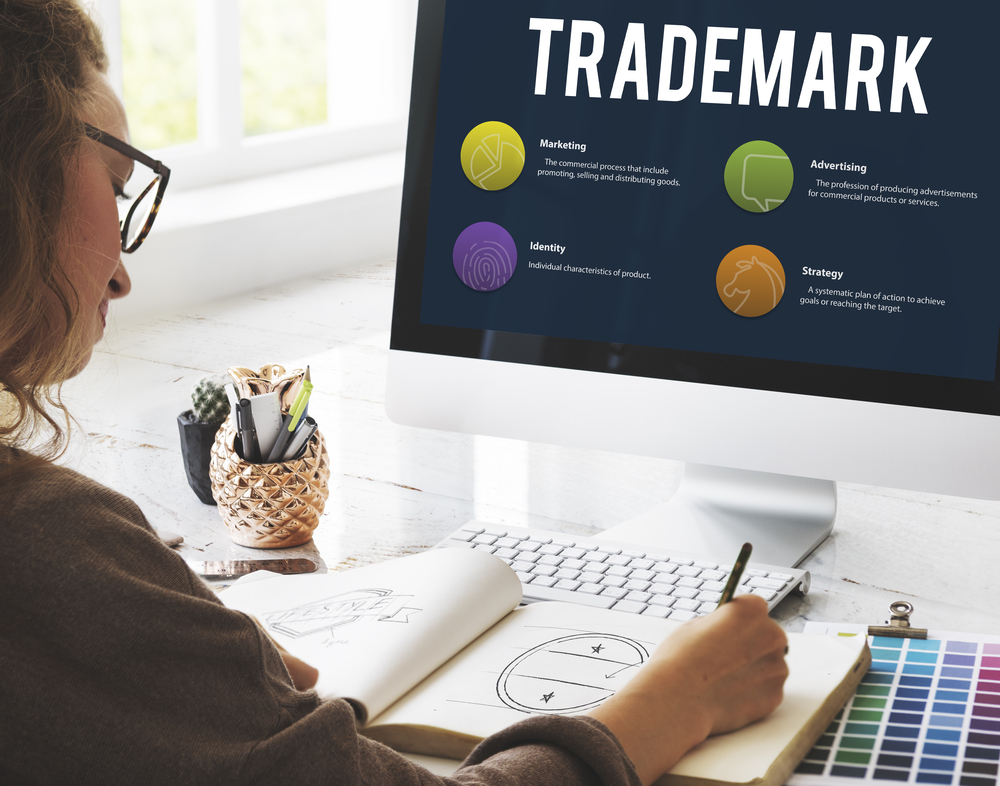{4:00 minutes to read} Trademark rights are territorial. With a US trademark registration, trademark rights extend nationwide, but a US trademark registration generally will not provide a trademark owner with protection in other countries. There is no worldwide trademark protection.
Protecting a worldwide brand can involve a large number of filings in individual countries, which can be extremely expensive. Trademark owners will often focus on core areas of interest. At a minimum, owners will want to file in countries that they heavily target, countries in which they have manufacturing, and countries where they have distributors.
There are cost-saving options open to trademark owners who have a worldwide presence. Multinational filing systems are available, such as the Madrid Protocol, the European Trade Mark (EUTM) system, and the African Regional Intellectual Property Organization (ARIPO); but these systems are not perfect. Despite the cost savings, these regional filings may not be in a trademark owner’s best interest. A trademark attorney can provide guidance on the benefits and risks associated with each of these systems.
Some general rules of thumb when filing outside of the US:
File Fast
In most countries, the first to file wins. There are some exceptions to this rule, but they usually involve legal intervention. Start thinking about non-US filings immediately after you file a US trademark application.
In many countries, there is a six-month period following your US filing date during which you can file trademark applications using the US filing date as the foreign filing date. This can give you a big advantage in first-to-file countries.
File Proactively in Certain Countries
In some countries, it makes sense to file proactively and have protection in place, just in case. China is one country that’s known for trademark hijacking. Companies in China learn about a US brand either through a trademark filing or because the US company is manufacturing in China. A local Chinese company will file a trademark application in China and then demand payment from the US trademark owner to release the trademark.
If you have any presence in China, start thinking about filing there as soon as you file your US application. I do get the occasional “Let them register my trademark, I’ll never be in China with my product,” in which case, we can just let the Chinese issue go. But if there’s a chance that a company is going to be manufacturing product or even product packaging in China, it’s important to get a trademark application on file.
Another common issue occurs when a company hires a local distributor to distribute products in a country. The distributor may register the company’s trademark on behalf of the company or as a means for extorting the company. Regardless of the motivation for the filing, “fixing” the problem after the fact can get messy.
File Efficiently
Companies will often work through a single point-of-contact in the US who has a relationship with trademark attorneys in other countries. The US lawyer will keep the process running smoothly and minimize the trademark owner’s involvement, which can be especially helpful when filing in multiple countries at the same time.
If you or someone you know would like more information on protecting trademarks outside of the US, please give us a call.
Kelly Weiner
Trademark Counsel
Law Office of Kelly Weiner PLLC
175 Varick Street, Fl 6
New York, New York 10014
(E) info@kellyweinerlaw.com
(P) 212.360.2307



